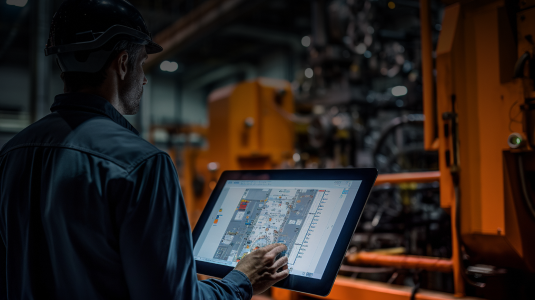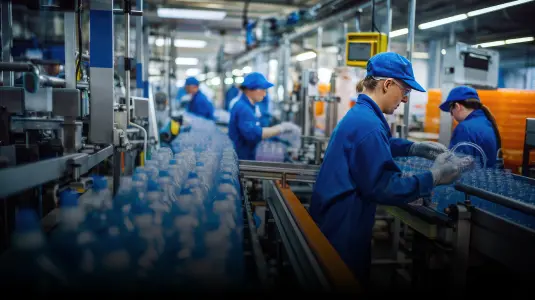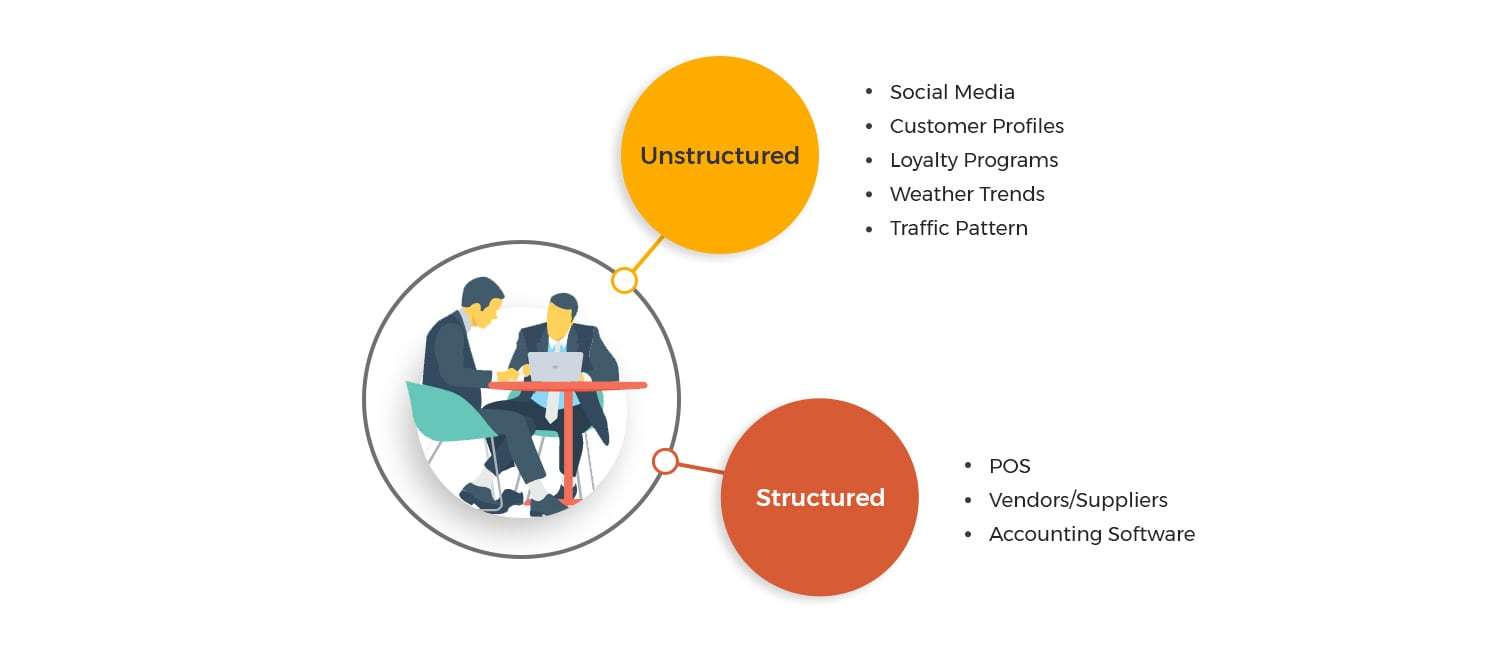Table of Contents
Retailers, grocery stores, restaurant owners and food producers are using new forms and sources of data to understand customer requirements effectively and discover important food & restaurant industry market trends. Whether it is Artificial Intelligence (AI), mobile, social and Internet of Things (IoT), emerging technologies are completely transforming the way restaurants interact with their customers.
What is Big Data?
According to Techtarget, “Big data analytics is the process of examining large and varied data sets i.e. big data – to uncover hidden patterns, unknown correlations, market trends, customer preferences and other useful information that can help organizations make more-informed business decisions.”
Big Data in the Restaurant Industry
Restaurants are witnessing epic behavior changes in millennials and centennials who are replacing baby boomers. Changing demographics are helping create new experiences for customers. Restaurants, grocery store owners and food retailers are heavily focused on repeat customers. The key to achieving long-term traffic growth and market share is getting actionable insights and data-driven information about customer preference that will help prepare for the future.
The term Big Data could possibly apply to your restaurant. It is not too complex, considering the phenomenal leaps in computing, power storage and space access to the cloud. This allows restaurants of all sizes to unleash the power of information at fingertips. There is goldmine of information for restaurant owners in POS, marketing, accounting, CRM to scheduling systems. Big Data analytics solutions now is all about helping even small restaurant owners can leverage analytics for personalized experience to its customers, enhance guest service and build loyalty.
Big data can be described by the following characteristics
Volume : Quantity of generated and stored data
Variety : Type and nature of the data
Velocity : Speed at which the data is generated and processed
Variability : Inconsistency of the data to handle and manage it
Veracity : Difference in quality of captured data can affect accurate analysis
Big Data Sources : Restaurant owners need both structured and unstructured data to create actionable insights that give a complete view of customers.
Big Data Analytics in Restaurants
Restaurants can drive performance by applying insights from advanced analytics in the following ways:
On-time Delivery
With several big data analysis tools and techniques, food delivery can be optimized to deliver a seamless experience to customers. Big data analytics can gather data from several sources such as traffic, weather, temperature and route to provide a fair estimate of time taken to deliver goods. Big data analysis can predict the impact of all above factors on food quality. Thus data analysis allows effective planning of your resources to avoid transporting stale products and deliver perishable food items in good quality.
Menu Enhancement
Menu reengineering and optimization can help maximize profits and customer satisfaction. Restaurants can use data to build customer profile that include favorite drinks and food. Your POS system should be able to help you identify which menu items are most popular. From online surveys and feedback forms, you can identify whether menu items need to be improvised or completely revamped.
Effective Customer Segmentation
Restaurants can segment customers based on several factors to personalize promotions to increase profitability, and better customer engagement. Factors such as demographics, age, income brackets, ages, marital status, preferences, food allergies, as well as dining out preferences can help you know your audience better.
Custom Dining Experience
Analytics tools can help track guest preferences based on whether they enjoy red wine, specialty drinks, or exclusive Italian treat. This vital information can help you provide customized dining experience for individual guests. With guest profiles, restaurant owners can suggest menu choices; help regular customers celebrate birthdays or special occasions, ultimately increasing profits. Analytics also eliminate food wastage by helping better forecasting of product usage and adjusting purchasing and inventory based on requirements.
Streamline Operations
With effective data analytics, root-cause analysis and predictive analytics, restaurants can predict future revenue. Restaurants can prescribe actionable recommendations to change business operations and optimize profitability.
Big Data and Guest Privacy: A Caveat
Big Data comes with its own set of responsibilities such as protecting customer’s data to avoid identity theft or fraud. It is important to use information to collect, use and store guest data in compliance with applicable laws, regulations and best practices.
Develop a privacy policy and comply with regulatory standards:
Restaurants should sign document aimed at guiding people who handle, manage data collection and analytics for your organization. Regularly audit and fine-tune your privacy policy.
Keep a Track of Third Parties
Always keep a tab on third parties assigned to collect your guest data about data protection matters and verify whether they adhere to regulations and industry best practices.
Decipher the Law
As data breaches grow more common it is important to ensure that you know laws and regulations about data breaches that cover your customers.
Big Data: Part of Integrated Solution
LEVERAGE SOCIAL MEDIA
Collaboration between restaurants and manufacturers or distributors, through shared digital events or joint social media pushes.
RETHINK CUSTOMER EXPERIENCE
Design & integrate services to bridge the gap between order placement and serving customer. Develop analytics capabilities to understand customer preferences and preferred channels. This will make it easy for customers to select your restaurant for dinner.
BE LOCALLY RELEVANT
Optimize marketing programs, loyalty programs and rewards for local areas. Consider the unique customer, category and environmental factors related to the area.
Finally
Big data analytics has transformed the restaurant industry right from enhancing customer intelligence to improving operational efficiencies. This allows small and fast-dining restaurants to compete with big brands. With advanced analytics and data science, as well as new emerging technologies, big data analytics provides outside, unbiased and data-driven information that is finally eliminating guesswork from the restaurant industry.











































